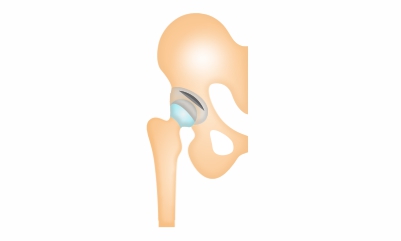Labrum Tear

The fibrocartilage structure called ‘labrum’ is present on the outer rim of the hip joint. The labrum is a ring-like structure of the fibrocartilage and covers the acetabulum rim or socket rim. It is like a wrap or rubber seal to hold and stabilize the ball ( head of femur/thigh bone ) inside the hip joint socket.
Types
- Anterior labral tears: Most common type and mostly happens at the hip’s frontal part. Occurs due to twisting and pivoting movements and blood reach poorly to the hip joint
- Posterior labral tears: It is not that common and happens at the backside. Occurs due to some movement that exerts severe stress while performing activities such as frequent squatting
Causes
- Injury: Any kind of joint trauma or dislocation of the hip joint
- Repetitive injuries: Injuries while sustained during any sports, twisting activities on the hip joint can cause labrum damage
- Deformities: There are many cases where people have deformities by birth, which exerts stress on the joint and leads to a labrum tear
Complications
- Osteoarthritis can be caused due to a tear or the labrum damage.
Symptoms
- Hip joint or in the groin area pain
- Pain aggravates on long-standing, long sitting, or long walking
- You can feel clicking or locking of hip joint
- Hip joint stiffness
- Restricted movement of the hip joint
Diagnosis
- Physical examination and history of trauma
- X-ray: To check the bone injury if have one
- MRI is the modality of choice to see the cartilage and other joint structure and soft tissue. These tears are easily visible in the MRI
- If your doctor is in doubt that the problem is inside or outside the hip joint. Then your doctor will give an anesthesia injection into joint space. If the pain subsides, it means that the problem lies inside the hip joint.
Treatment
- Conservative:
-
- Anti-inflammatory medications like ibuprofen to reduce pain and inflammation. Corticosteroid injections are also given for temporary pain relief
- Physiotherapy: To improve the joint range of motion and to strengthen the muscles of the hip joint to bring about higher stability

-
- Surgery
Surgical treatment is prescribed when conservative methods are not working.- An arthroscopy diagnoses the severity of the damage and to repair also.
